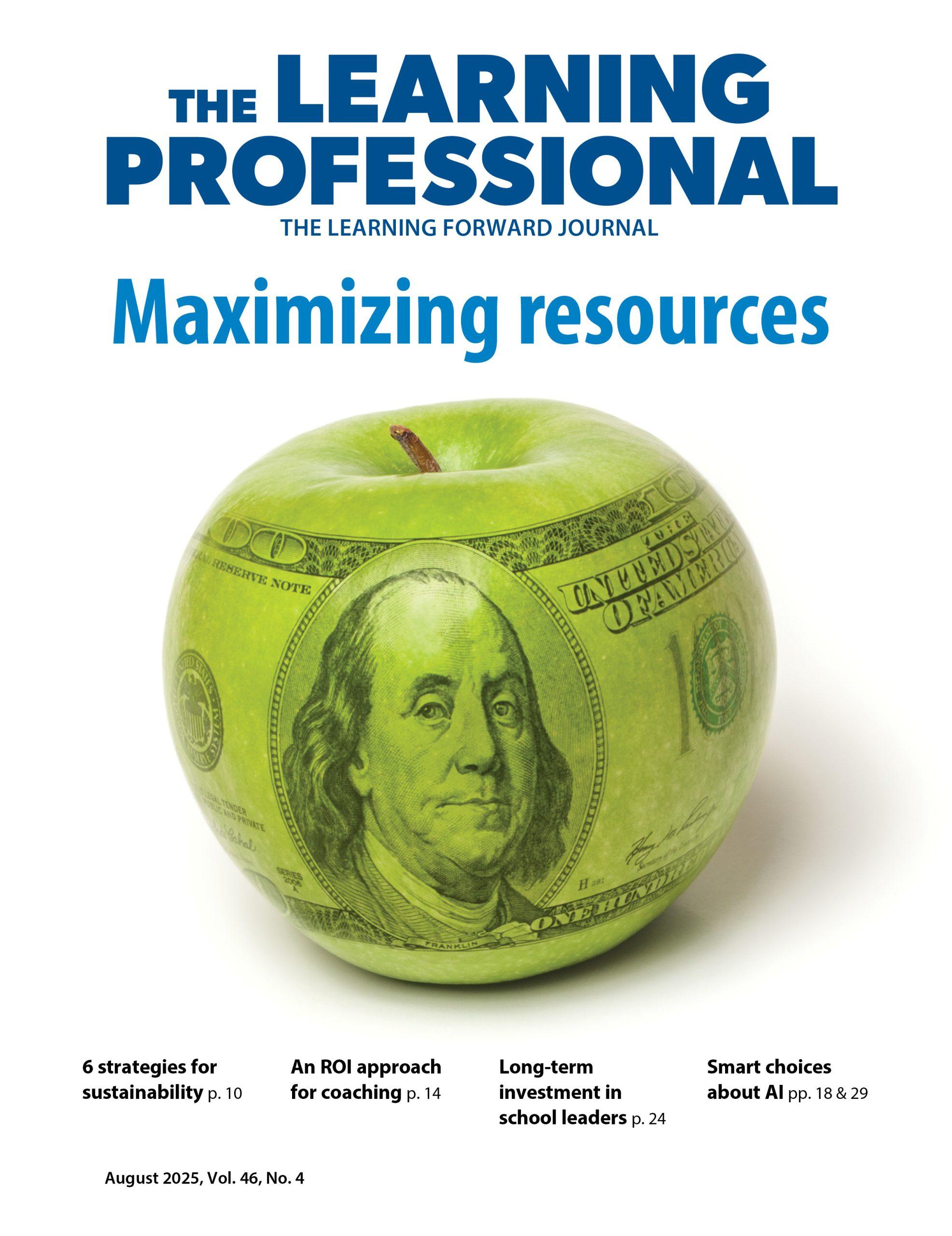Passion and principle
October 2008
Franklin CampbellJones, author and cultural proficiency expert, says, “Get ethical before you get technical” (personal communication, 2005). School improvement without will and moral purpose — without a genuine commitment to all students — is an empty exercise in compliance that, in our experience, can do more harm than good. We have seen educators use data to “more accurately” track students, further widening the opportunity-to-learn gap. In response to achievement gaps, one school mandated lunchtime tutoring for all black students, regardless of whether or not they failed the state test (Confrey & Makar, 2005). Avoiding these and other data-based disasters is not a technical matter. It is an ethical matter that begins with will, passion, and determination. As you look to move your schools away from
Read the remaining content with membership access. Join or log in below to continue.
Sed ut perspiciatis unde omnis iste natus error sit voluptatem accusantium doloremque laudantium, totam rem aperiam, eaque ipsa quae ab illo inventore veritatis et quasi architecto beatae vitae dicta sunt explicabo. Nemo enim ipsam voluptatem quia voluptas sit aspernatur aut odit aut fugit, sed quia consequuntur magni dolores eos qui ratione voluptatem sequi nesciunt. Neque porro quisquam est, qui dolorem ipsum quia dolor sit amet, consectetur, adipisci velit, sed quia non numquam eius modi tempora incidunt ut labore et dolore magnam aliquam quaerat voluptatem.
In This Issue
ARTICLES
Recent Issues
MAXIMIZING RESOURCES
August 2025
This issue offers advice about making the most of professional learning resources, including money, time, personnel, and technology.Read the remaining content with membership access. Join or log in below to […]
MEASURING LEARNING
June 2025
To know if your professional learning is successful, measure educators’ and students’ learning. This issue offers strategies and examples of a wide range of approaches for evaluation and storytelling.Read the […]
NAVIGATING NEW ROLES
April 2025
Whether you’re new to your role or supporting others who are new, professional learning is essential for getting up to speed. This issue includes strategies and advice for a wide […]
LEARNING DESIGNS
February 2025
How we learn influences what we learn. This issue shares essential resources for creating, facilitating, and assessing high-quality professional learning.Read the remaining content with membership access. Join or log in […]






